Network Fundamentals: Top Picks
Network Fundamentals
Network Broadcast
The term "Broadcast" is used very frequently in the networking world . You will see it in most networking books and articles, or see it happening o...
Network Fundamentals
The Importance of a Network Analyzer – Packet S...
Network Analyzers, also known as Packet Sniffers, are amongst the most popular network tools found inside any Network Engineer’s toolkit. A Network...
Network Fundamentals
Measuring Network Performance: Test Network Thr...
Measuring network performance has always been a difficult and unclear task, mainly because most engineers and administrators are unsure which appro...
Network Fundamentals
Next-Gen Firewalls & Topologies. Designing & Bu...
Next-generation firewalls (NGFWs) and DMZ zones are two critical components of network security that work hand in hand to protect an organization's...
Featured Subcategories:
Netflow Articles:
Netflow
Netflow: Monitor Bandwidth & Network Utilizatio...
Monitoring network traffic & bandwidth usage via Netflow is mandatory for any type and size network. Gaining visibility into user traffic, appl...
Netflow
Complete Guide to Netflow: How Netflow & its Co...
This article will cover the basics of Netflow, including its use cases, Netflow supported devices, Netflow history, and variants. We’ll also dive i...
Netflow
Netflow vs SNMP. Two Different Approaches to Ne...
SNMP (Simple Network Management Protocol) and Netflow are both popular protocols with admins, prized for their ability to give visibility over the ...
Netflow
NetFlow Analyzer: Free Download, Step-by-Step I...
In our previous article we explained how a Netflow Analyzer can help you gain visibility into your user traffic, application traffic and data flows...
Network Protocols:
Subnetting
IP Subnetting - Part 1: The Basic Concepts
When we subnet a network, we basically split it into smaller networks. For example, when a set of IP Addresses is given to a company, e.g 254 they ...
IP Protocol
IP Protocol - Part 3: IP Classes, Network & Hos...
This article explains the 'Network-ID' and 'Host-ID' concept found in IP addressing and subnetting. We analyse the structure of IP addresses and ne...
TCP - UDP Protocol Analysis
Transmission Control Protocol - Part 1: Introdu...
Understanding how each protocol fits into the OSI Model is essential for any network engineer. This page analyses how TCP is classified as a 'trans...
TCP - UDP Protocol Analysis
TCP Header Anaylsis - Section 6: TCP Options
The TCP Options (MSS, Window Scaling, Selective Acknowledgements, Timestamps, Nop) are located at the end of the TCP Header which is also why they ...
Subnetting
IP Subnetting - Part 5: Subnetting Guidelines
There is always that day when you are called upon to provide a solution to a network problem. The number of problems that can occur in a network ar...
Supernetting & CIDR
The Supernetting / CIDR Chart
This articles build upon our previous pages covering what is Supernetting (Route Summarization) & How Supernets Work and Supernetting In-...
Domain Name System (DNS)
The DNS Protocol - Part 2: DNS Queries & Resolu...
This section will help you understand how the DNS queries work on the Internet and your home network. There are two ways to use the domain name sys...
TCP - UDP Protocol Analysis
TCP Header Anaylsis - Section 1: TCP Source & D...
This section contains one of the most well-known fields in the TCP header, the Source and Destination port numbers. These fields are used to specif...
STP/ICMP Protocols:
ICMP Protocol
ICMP Protocol - Part 6: Redirect Messages
The ICMP - Redirect Message is always sent from a gateway to the host and the example below will illustrate when this is used.
Putting it simply (...
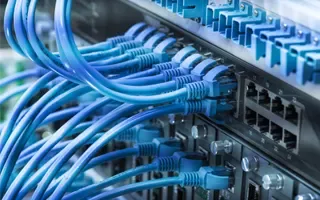
Spanning Tree Protocol (STP)
Spanning Tree Protocol – Part 1: Understand STP...
One of the most used terms in network is LAN (Local Area Network). It’s a form of network that we encounter in our daily lives, at home, at work, s...

Spanning Tree Protocol (STP)
Spanning Tree Protocol – Part 3: Bridge ID, Pri...
In this article we will examine the Spanning Tree Bridge ID structure, explain why it has increments of 4096, how VLAN information is embedded (for...
ICMP Protocol
ICMP Protocol - Part 4: Destination Unreachable...
The 'ICMP Destination unreachable' message is quite interesting, because it doesn't actually contain one message, but infact six! This means that t...
Your IP address:
3.138.138.226
Wi-Fi Key Generator
Follow Firewall.cx
Cisco Password Crack
Decrypt Cisco Type-7 Passwords on the fly!
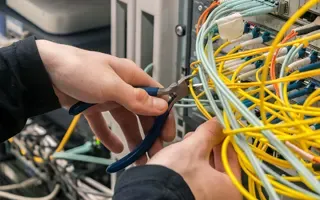
VLAN Networks
VTP Pruning
VTP (VLAN Trunking Protocol) pruning is a feature that is used in Cisco switches to reduce unnecessary traffic in VLAN (Virtual Local Area Network) trun...

VLAN Networks
VTP Protocol - In-Depth Analysis
The previous article introduced the VTP protocol, we examined how it can be used within a network, to help manage VLANs and ease the administrative over...

VLAN Networks
The VLAN Concept - Introduction to VLANs
We hear about them everywhere, vendors around the world are constantly trying to push them into every type of network and as a result, the Local Area Ne...
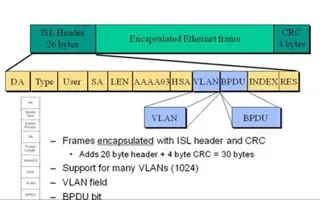
VLAN Networks
VLAN InterSwitch Link (ISL) Protocol Analysis
Deciding whether to use ISL or IEEE 802.1q to power your trunk links can be quite confusing if you cannot identify the advantages and disadvantages of e...
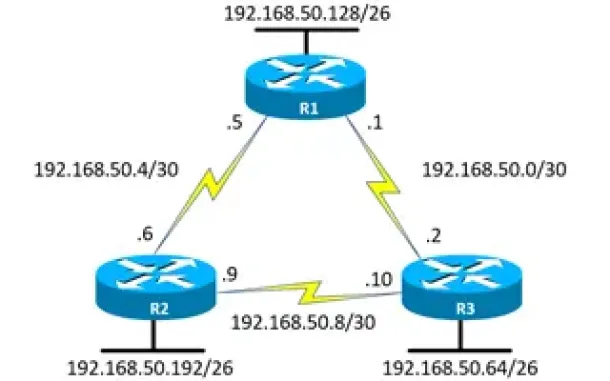
Routing
Enhanced Interior Gateway Routing Protocol - EIGRP
Enhanced Interior Gateway Routing Protocol (EIGRP), similar to IGRP, is a Cisco proprietary routing protocol that is used to exchange routing informatio...

Routing
Introduction to Routing Protocols
Distance Vector, Link State RIP, IGRP, EIGRP, OSPF
Routing protocols were created for routers. These protocols have been designed to allow the exchan...
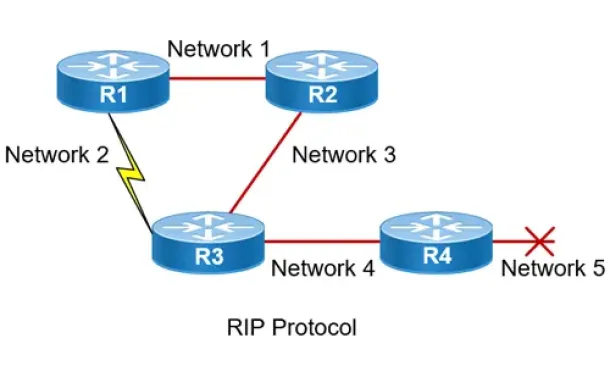
Routing
Routing Information Protocol - RIP
Routing Information Protocol (RIP) is a distance-vector routing protocol that is commonly used in small to medium-sized networks. It is one of the...
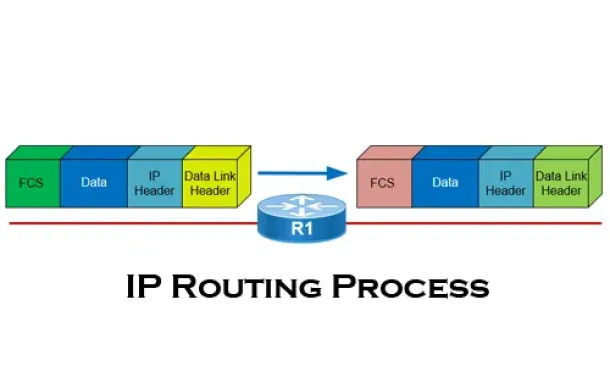
Routing
The IP Routing Process - Step-by-Step Analysis
We are going to analyse what happens when routing occurs on a network (IP routing process). When I was new to the networking area, I thought that all yo...
Network Address Translation - NAT
The Network Address Translation Table
After that simple and informative introduction to the NAT concept, it's time to find out more about how it works and this is where the NAT table comes i...
Network Address Translation - NAT
Network Address Translation (NAT) Overload - Part 2
In our previous article, Network Address Translation (NAT) Overload - Part 1, we explained what NAT Overload is and how it works. This page deals with t...
Network Address Translation - NAT
Static NAT - Part 1
Static NAT (also called inbound mapping) is the first mode we're going to talk about and also happens to be the most uncommon between smaller networks.
...
Network Address Translation - NAT
Network Address Translation (NAT) Concepts
Before we dive into the deep waters of NAT, we need to make sure we understand exactly what NAT does. So let me give you the background of NAT, why it's...




















